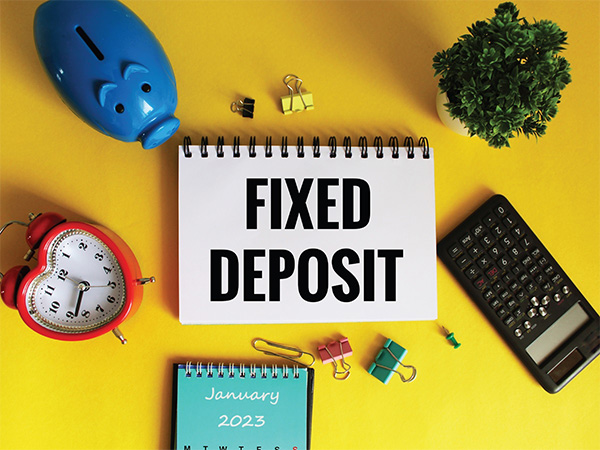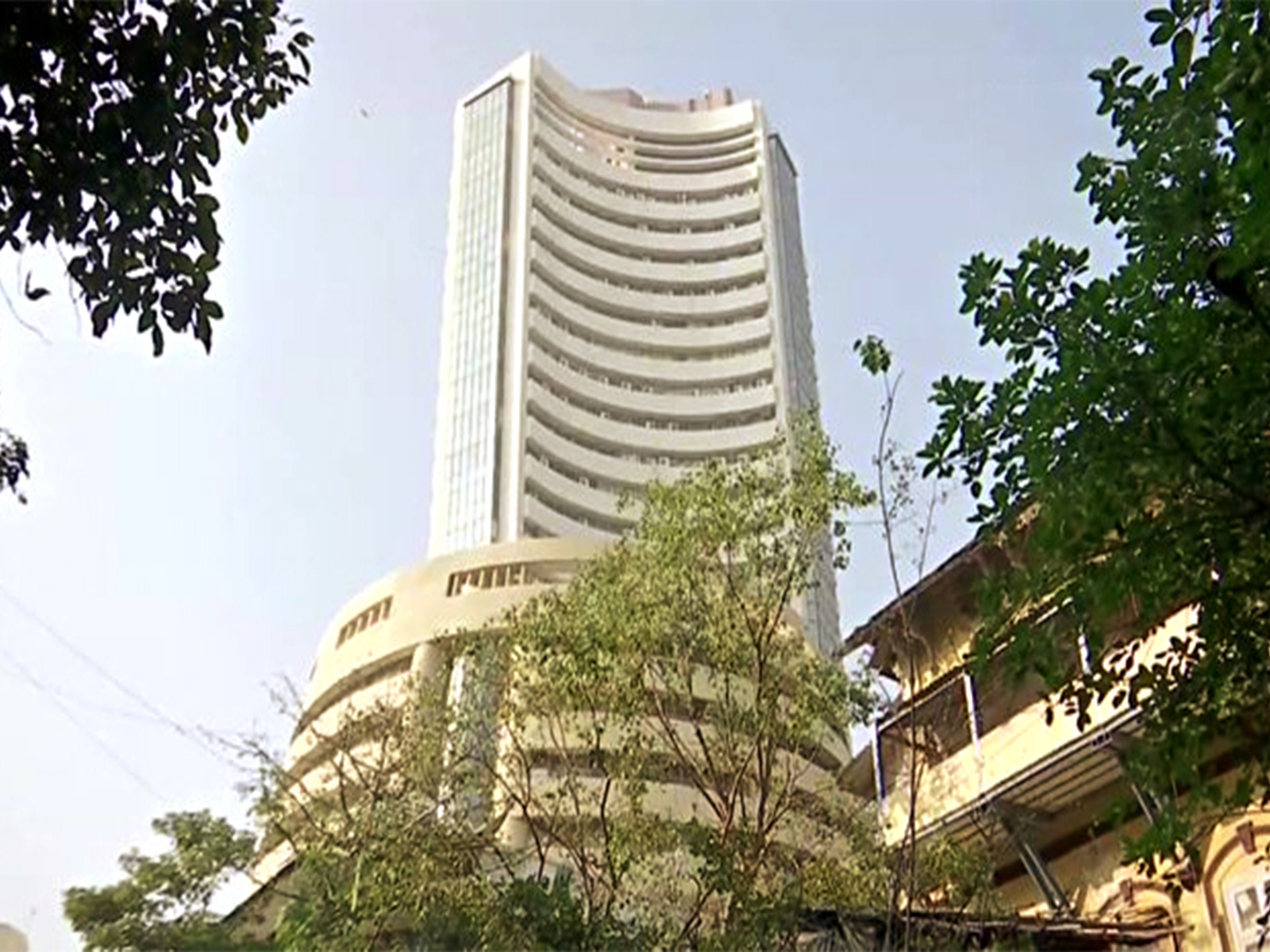ATK
New Delhi [India], June 11: Ensuring your child’s secure and bright future starts with sound financial planning. One of the most reliable ways to secure funds for your child’s education in India is through a fixed deposit (FD) investment. With guaranteed returns and minimal risk, fixed deposits are a favoured choice for many Indian parents. This blog will explore how to use fixed deposits to secure your child’s education, the benefits of such an investment, and how to maximise your FD returns using tools like an FD interest calculator.
Understanding Fixed Deposit Investments for Your Child
A fixed deposit is a financial product offered by banks and non-banking financial companies (NBFCs). You deposit a lump sum for a fixed period and earn a guaranteed interest rate. This tool is ideal for parents who want to secure their child’s future educational expenses.
Financial Environment for Your Child’s Education
Sending your child to pursue higher education abroad, especially in countries like the USA or UK, requires a significant financial commitment. The tuition, accommodation, and other living expenses can quickly amount to several crores. Therefore, parents must plan meticulously to ensure they are financially prepared when their child embarks on this academic journey.
Why Choose Fixed Deposits for a Child’s Education?
* Guaranteed Returns: Unlike market-linked investments, fixed deposits offer assured returns. Once you lock in an interest rate, it remains fixed for the entire tenure, providing predictable growth for your savings.
* Safety and Security: Fixed deposits are one of the safest investment options as they are not subject to market fluctuations. Additionally, bank deposits are insured up to Rs5 lakhs by the Deposit Insurance and Credit Guarantee Corporation (DICGC).
* Flexible Tenure Options: Fixed deposits offer a range of tenure options, allowing you to align the investment period with your child’s education milestones, whether in school, college, or higher education.
Benefits of Fixed Deposit Investment for Child’s Education
* High Interest Rates: Banks and NBFCs often offer competitive interest rates on fixed deposits. By investing in an FD, you can benefit from these rates and grow your savings efficiently.
* Compounding Interest: Many banks offer the option to compound the interest, meaning the interest earned is reinvested to generate more interest. That can significantly boost your FD returns over time.
* Partial Withdrawals: Some fixed deposits allow partial withdrawals or loans against the FD, providing liquidity in an emergency without breaking the entire deposit.
* Other benefits: Fixed Deposit (FD) accounts can be opened for children as young as one year old, allowing parents to save over a longer investment period. With a minimum investment of Rs. 1000, these accounts do not require regular investments. That makes them an ideal option for saving for a child’s future or higher education, as the FD matures when the child turns 18.
Using an FD Interest Calculator
To maximise your FD returns and plan effectively, it’s essential to use an FD interest calculator. This tool helps you estimate the maturity amount based on the principal amount, tenure, and interest rate. Here’s how to use it:
* Input the Principal Amount: Enter the amount you plan to invest in the fixed deposit.
* Select the Tenure: Choose the duration to keep the money invested.
* Enter the Interest Rate: Input the interest rate offered by the bank or NBFC.
* Calculate the Returns: The FD interest calculator will compute the total interest earned and the maturity amount, helping you plan your child’s education fund effectively.
Steps to Secure Your Child’s Education with Fixed Deposits
* Start Early: The sooner you invest in a fixed deposit, the more time your money has to grow. Early investments can use compounding interest, leading to substantial returns when your child needs the funds.
* Choose the Right Bank or NBFC: Compare fixed deposit interest rates offered by various banks and NBFCs to ensure you get the best possible returns.
* Diversify Tenures: Consider opening multiple fixed deposits with different maturity dates. This strategy ensures that you have funds available at various stages of your child’s education.
* Reinvest Upon Maturity: If the FD matures and you don’t need the funds immediately, reinvest the principal and interest into a new fixed deposit to continue earning returns.
Eligibility for Withdrawal of Child Fixed Deposits
To withdraw the fixed deposit under the scheme, the student must meet the following conditions:
* They must have turned 18 years old.
* They have successfully passed the Class X board exams.
* If the recipient is a girl, she must complete at least two years of studies after enrolling in Class IX.
Conclusion
Securing your child’s education with a fixed deposit investment is a prudent and reliable choice for Indian parents. With guaranteed returns, safety, and flexible tenure options, fixed deposits provide a stable foundation for your child’s future financial needs.
Utilise tools like the FD interest calculator to plan effectively and maximise your FD returns. Starting early and making informed decisions can ensure your child’s educational aspirations are met without financial stress.
(ADVERTORIAL DISCLAIMER: The above press release has been provided by ATK. ANI will not be responsible in any way for the content of the same)
Disclaimer: This story is auto-generated from a syndicated feed of ANI; only the image & headline may have been reworked by News Services Division of World News Network Inc Ltd and Palghar News and Pune News and World News
HINDI, MARATHI, GUJARATI, TAMIL, TELUGU, BENGALI, KANNADA, ORIYA, PUNJABI, URDU, MALAYALAM
For more details and packages
















